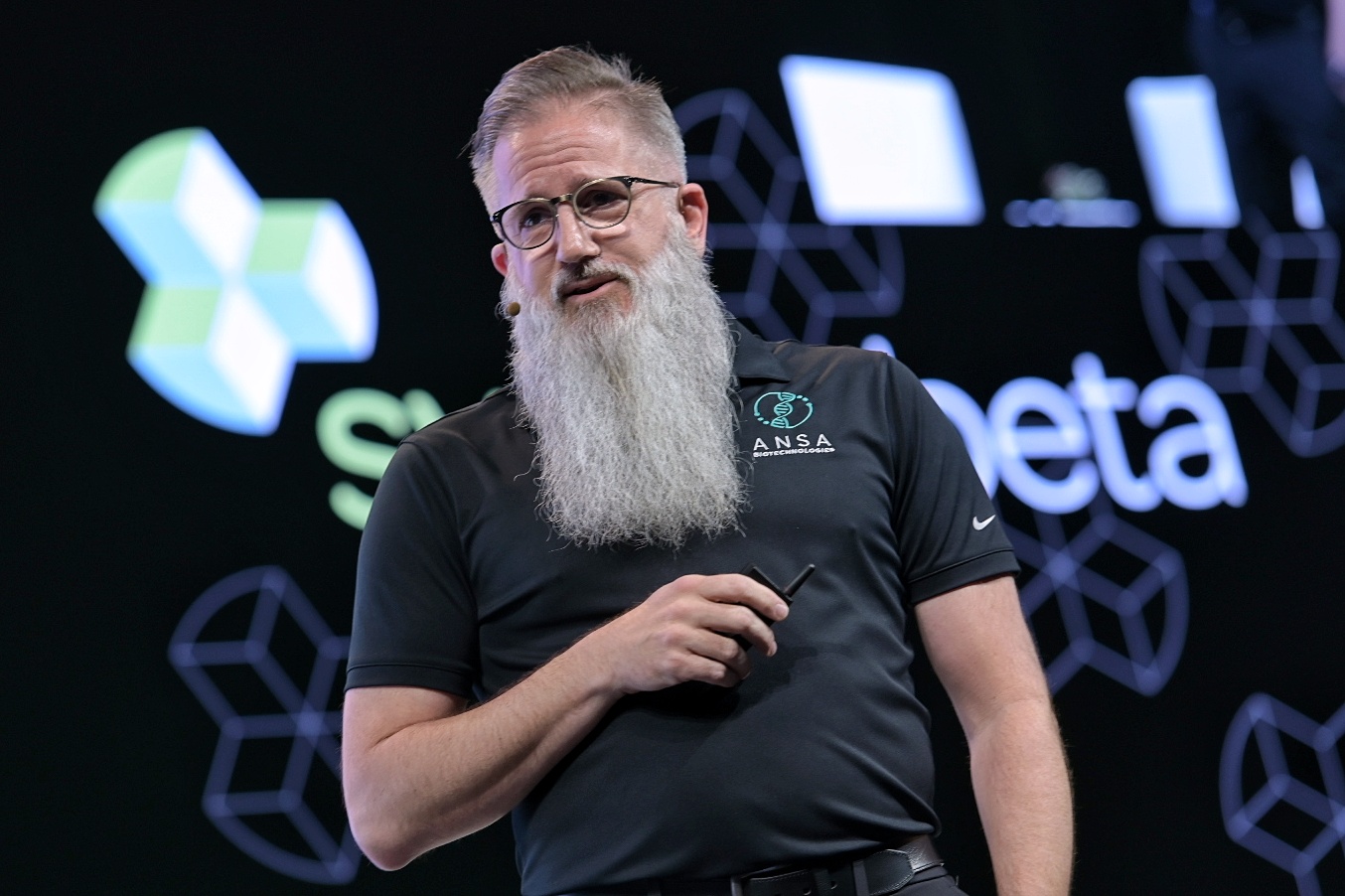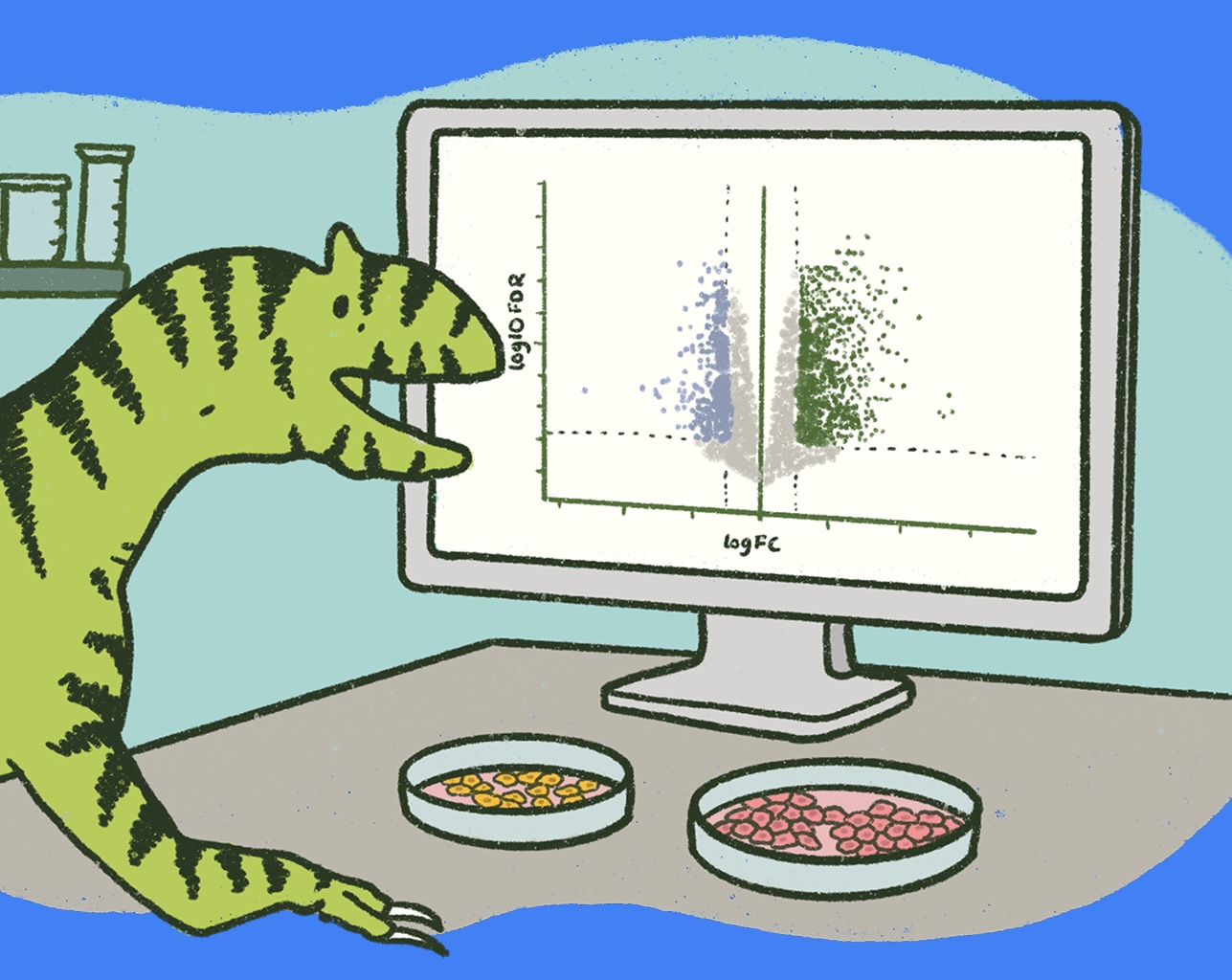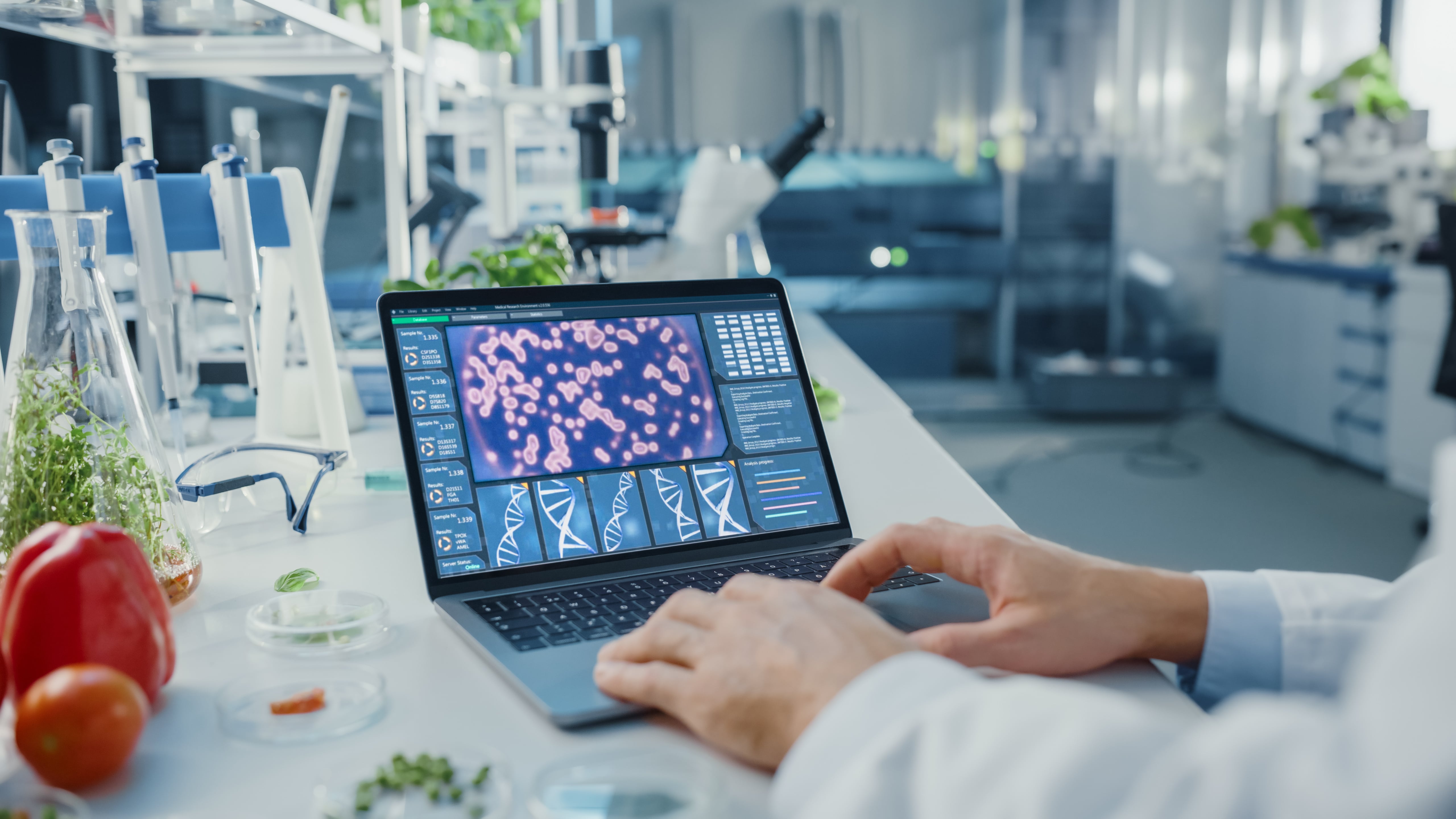The Future of Sustainable Biomanufacturing is Microscopic Factories
In a world where microbes have been transformed into microscopic manufacturing units, delivering life-saving drugs, pioneering the food realm, and pioneering eco-friendly versions of formerly petroleum-based chemicals, the science and investment required behind these bioproducts are often overlooked.
Picture this: for each bioproduct, you spot on the store shelf, behind it lies not just a complex scientific process but also several years and millions in R&D investments. But what if this process could be sped up? Well, a team of brainiacs from Berkeley Lab is on a mission to supercharge this industry. Their aim? To make the process of engineering these microscopic factories faster, more efficient, and more commercially viable.
Now, here's where it gets cool. This brilliant squad, under the leadership of the seasoned scientist Aindrila Mukhopadhyay, has come up with a genius solution. It's a game-changing workflow that pairs the wonders of CRISPR gene editing with some nifty computer models. Their goal is to anticipate the edits a microbe needs to be the perfect tiny factory. Think of it as predictive editing, and according to their recent reveal in Cell Reports, they're onto something big.
As Thomas Eng, a key player and co-first author of the study, puts it, "Instead of the old-school method of guessing and checking, which is pretty time-consuming, we're using tech to make this whole thing faster." In layman's terms, they've found a way to shrink development cycles from several years down to mere months.
They've named this groundbreaking workflow 'Product Substrate Pairing' or PSP for short. And while PSP already has promising results with common bacterial food sources, the team upped their game. Their latest experiment? Tweaking a bacteria strain to munch on lignin, a plant tissue that's tough as nails. Why does that matter? Because this could make the entire bio-manufacturing system greener and more sustainable.
So, after some high-tech tinkering, testing, and a ton of computational designs, they hit gold. They managed to get the bacteria to produce indigoidine—a pretty blue dye that not only has its uses but also stands as a proxy for other lucrative molecules. Deepanwita Banerjee, another co-first author, gushed about their breakthrough, "This is like mixing old-school methods with cutting-edge tech to create a super workflow that works for any microbe or process. It's all about understanding cells and predicting what they'll do next."
Beyond the computer magic, the team also tapped into Berkeley Lab's deep expertise. From ultra-clear imagery to assessing how the strains adjusted their protein expression, a range of experts threw in their knowledge. After a year of rigorous work, they managed to design a bacterial strain with an impressive 77% yield. That's industry lingo for a fantastic result.
But Mukhopadhyay puts the cherry on top, "Sustainable biomanufacturing's future relies on diversifying our starting materials. Our method gives us the tools to explore and adapt, regardless of the carbon source or the end product."
So, there you have it. In a universe of tiny microbial factories, a group of scientists are pushing boundaries, using tech and innovation to bring us the future today. Cheers to a greener, more efficient tomorrow!

.jpg)


.svg)










-min.png)
.gif)